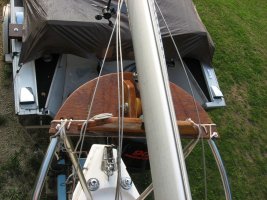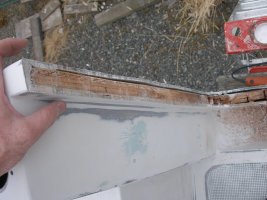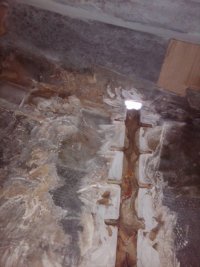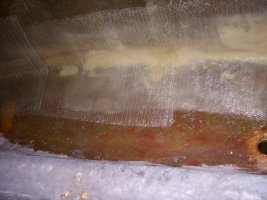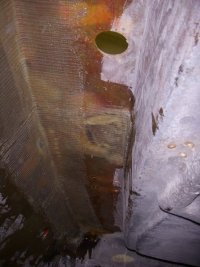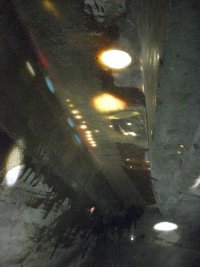Hi folks. Still shopping for my next Ericson. Two for sale locally have a near identical cracks along the top aft edge of the transom... you can see a few pictures of one here.
I found a description of a very similar problem here. Some exerpts below.
Does this sound familiar to anyone? Any idea what's going on here, any comments on how serious it is, and how easily repaired?
Thanks! Perry.
"There is this nasty little split along the seam of the transom. It appears as if the top portion of fiberglass did not bond properly to the actual transom."
"The crack across the transom goes nearly all the way across–right along the top. But, the crack is not in the fiberglass: it appears to be
some other material that was used along the top of the transom. And, whatever that material was, it appears to have sheared from the stress."
"... there is another Ericson 29 on the hard nearby with the same full-length cracking along the top of the transom. The material that has actually split is a dark gray with some un-catalyzed fiberglass flakes in it. Underneath, there is plenty of glass holding things together on the inside edge, but my guess is that the outer edge was stuffed with filler. This seam across the transom is the only place where the hull-to-deck joint is not bolted together."
I found a description of a very similar problem here. Some exerpts below.
Does this sound familiar to anyone? Any idea what's going on here, any comments on how serious it is, and how easily repaired?
Thanks! Perry.
"There is this nasty little split along the seam of the transom. It appears as if the top portion of fiberglass did not bond properly to the actual transom."
"The crack across the transom goes nearly all the way across–right along the top. But, the crack is not in the fiberglass: it appears to be
some other material that was used along the top of the transom. And, whatever that material was, it appears to have sheared from the stress."
"... there is another Ericson 29 on the hard nearby with the same full-length cracking along the top of the transom. The material that has actually split is a dark gray with some un-catalyzed fiberglass flakes in it. Underneath, there is plenty of glass holding things together on the inside edge, but my guess is that the outer edge was stuffed with filler. This seam across the transom is the only place where the hull-to-deck joint is not bolted together."
Last edited:


